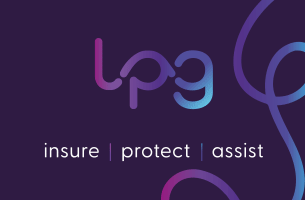A commercial barrister has designed an app aimed at involving everybody in a complex case so they can work collaboratively on a single document from start to finish.
David Blayney KC of Serle Court said he believed that, rather than using artificial intelligence (AI) to do the donkey work in a complicated case, it was better to involve human paralegals in how the case was progressing in real-time.
This provided them with job satisfaction and avoided the common problem of deluging senior decision-makers with information, he suggested.
His goal was to “collect information in a much more efficient way“ so as to “dramatically improve the service that we’re providing, without replacing lawyers with AI”, adding: “The real challenge is to make the humans work together better.”
Four years ago, Mr Blayney decided to scale back his practice in order to tackle what he saw as the core problem in litigation – the lack of a structured home for a master analysis, which the whole team could see and build collaboratively.
The app, Associo, provides a visual analysis of the case, assigning frequently-updated percentage likelihoods of success to each line of argument. Everyone involved in building the case can see this analysis as it progresses.
The barrister initially focused on connecting the evidence to disputed factual propositions. He then worked out how to visualise the application of rule and facts, including handling disputed legal issues. Finally he added a way to predict outcomes.
The app’s publicity claims the process of building a case is equivalent to the team piecing together a jigsaw: “With chronologies, lists of relevant documents and other tables of information integrated with your analysis and hyperlinked to your document repositories, all the relevant information is at your fingertips when you need it.”
This, Mr Blayney said, avoided the typical problem that “as a document reviewer, you don’t have a clear line of sight, what the people at the front end actually are thinking about the issues”.
If you give them a “direct line of sight, essentially on a live basis, or near-live basis, onto what the [decision-makers] think on each point, then when they see something that actually moves the needle – they find a document that shows that something that the front-end team thinks is true is actually not true – that’s like finding gold and makes it a much more satisfying job for them”.
He suggested his approach was far superior to conventional analysis based on circulating documents and tracking changes. “It’s not a good way of flushing out the underlying analysis.”
He continued that he had considered giving a bigger role to AI but the technology was inadequate to the task. “We have we given quite a lot of thought to whether it would be possible, or even desirable, to try and do some of the analysis algorithmically.
“Our sense is that it’s probably neither possible nor desirable, at least for the foreseeable future… Because people want the confidence of knowing that a human judgement has been made.”















This system is very interesting. Does it accommodate information from and comment upon reports from potential expert witnesses ?